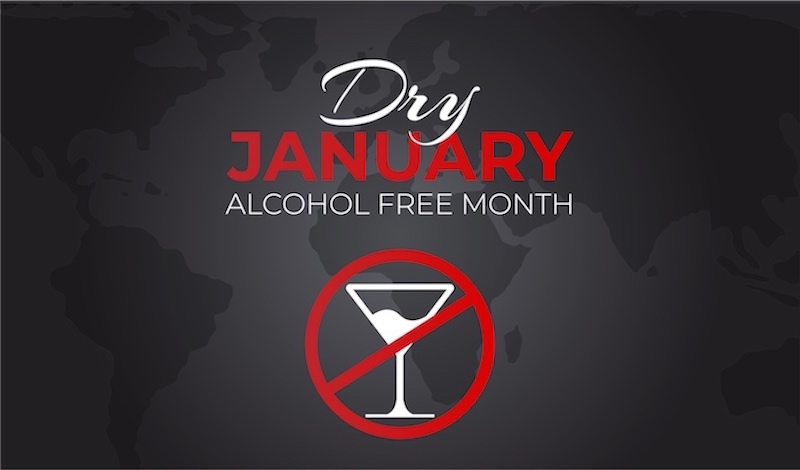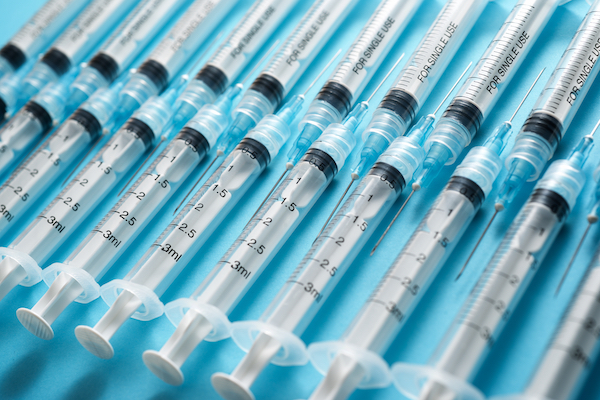Experts say the public health initiative is an effective tool for measuring people’s relationship with alcohol
By Jenny Diedrich
Dry January, a public health initiative started about 10 years ago to encourage alcohol abstinence, continues to grow in popularity. But is it truly beneficial in helping to manage alcohol misuse or dependency?
The answer is yes, according to Karen Wolownik Albert, CEO of Recovery Centers of America (RCA) at St. Charles, Ill., and South Elgin, Ill. Dry January can be an effective way to reveal potential alcohol problems, she says.

“Dry January is a time to check in on your relationship with alcohol use,” Wolownik Albert says. “As the COVID-19 pandemic rages on and holiday and other stressors impact us all, the new year is a good time to focus on health and wellness. If you are using alcohol more in times of stress, you are not alone, and help is available.”
Treatment centers, including RCA, are promoting Dry January to recognize how substance use has been a way for many to cope with the challenges presented by the pandemic. Studies have shown that stress related to the pandemic has resulted in an increase in alcohol-related problems. Drinking, alcohol sales and alcohol-related deaths all have risen.
Before the pandemic, people working outside the home may have had a glass of wine with dinner. But with more people now working from home and less structure, those lines have blurred. “Some people now aren’t going to work and are home all day, and addiction really thrives on isolation,” Wolownik Albert says. “In a treatment environment, we’ve seen more people coming into treatment for the first time. The pandemic and associated stressors and isolation have increased their substance use. People are realizing that their ability to moderate their use is slipping away from them,” she says.
Why Dry January Is Important
There are 11 criteria under the Diagnostic and Statistical Manual of Mental Disorders (DSM) used to diagnose alcohol abuse or dependency, says Wolownik Albert.
“Some of the main ones are [someone] might say, ‘I’m going to go to a party on Friday, but I’m not going to drink.’ But when they get to the party with a plan not to drink, somehow they drink and maybe to excess. Another criterion is tolerance. Sometimes people use alcohol because it can produce pleasurable feelings, relaxation or warmth. When they were drinking more moderately, one or two drinks gave them that feeling they were looking for. As they drink more, it might take more drinks to create those feelings.”
“Let people know it’s okay to reach out for support. That’s something we can all do, not just during Dry January.”
—Karen Wolownik Albert, Recovery Centers of America
Another warning sign would be trying to stop drinking during January and finding it too difficult, Wolownik Albert says. She cautions that those who stop drinking abruptly might experience withdrawal, which can be dangerous and even life-threatening. Symptoms include headaches, hand tremors, nausea, sweating, vomiting and confusion, and may signal the need for a medical detox program.
Dry January is also a reminder for everyone to continue to work on eliminating the shame and stigma associated with substance use disorders, says Wolownik Albert. “Many people are suffering silently, and shame and stigma can keep people suffering,” she says. “Without judgment and with compassion and concern, check in on people around you and be a resource. Let people know it’s okay to reach out for support. That’s something we can all do, not just during Dry January.”
Top photo: Shutterstock













